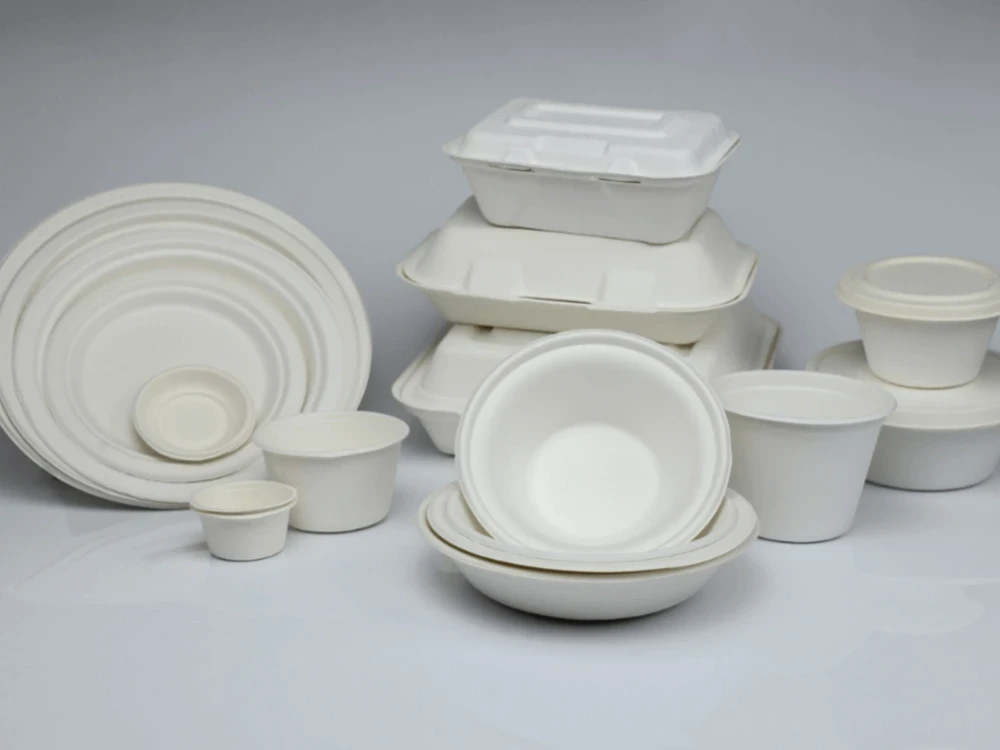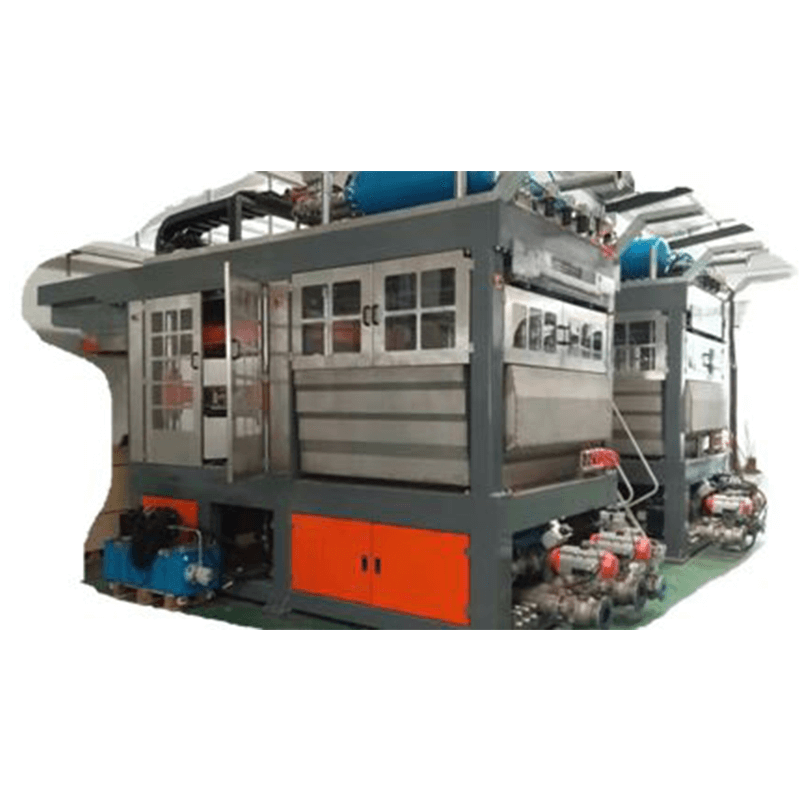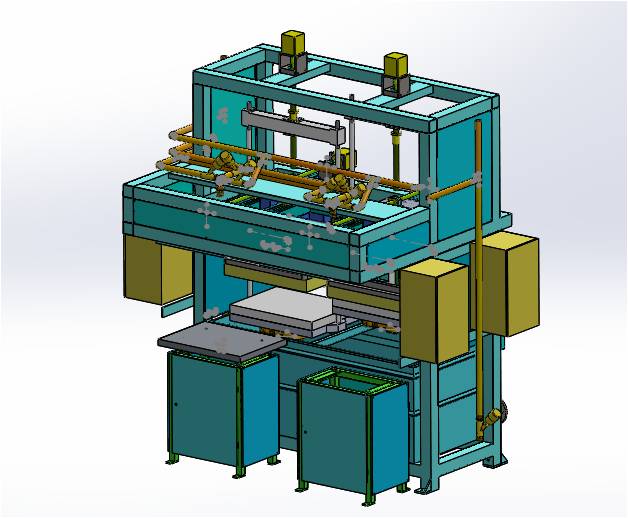Pulp tableware, renowned for its eco-friendly nature and biodegradability, has gained immense popularity as an alternative to conventional plastic and foam-based disposable tableware. These environmentally conscious products, which include plates, bowls, trays, and more, are manufactured using a process that emphasizes sustainability and reusability. Understanding the journey from recycled fibers to finished pulp tableware unveils the intricate yet efficient manufacturing process behind these eco-conscious products.
Raw Material Collection
The production of pulp tableware begins with the collection of raw materials - primarily recycled paper and cardboard. These materials are sorted, cleaned, and then processed into a pulp. Pulp serves as the foundation for creating sturdy and moldable tableware.
Pulping Process
The pulping process involves breaking down the collected paper and cardboard into a slurry or pulp. Such a step usually employs a combination of mechanical and chemical treatments, where water and mild chemicals help to soften and break down the fibers, forming a thick, fibrous mixture.
Molding and Shaping
Once the pulp is ready, it is transferred to molds where it takes the form of the desired tableware item. Manufacturers use various molds designed to create plates, bowls, cups, and utensils of different sizes and shapes. Pressure and heat may be applied during this stage to ensure the pulp takes the mold's form accurately.
Drying and Forming
After molding, the shaped pulp products undergo a drying process. This step removes excess moisture and solidifies the structure of the tableware. Depending on the scale of production, manufacturers use different drying techniques, such as air-drying or utilizing industrial ovens.
Finishing Touches
Once dried, the pulp tableware may go through additional processes to improve its quality. Trimming excess edges, smoothing surfaces, or adding specific coatings for water resistance could be part of this stage. It enhancements not only refine the appearance but also enhance the functionality of the final product.
Quality Control and Packaging
Before packaging, rigorous quality checks are conducted to ensure the pulp tableware meets safety standards and quality benchmarks. Any flawed items are discarded or recycled back into the production process. Finally, the approved products are packaged sustainably for distribution and use.
Environmental Benefits
The manufacturing process of pulp tableware boasts several environmental benefits. It minimizes waste by utilizing recycled materials, reduces reliance on single-use plastics, and is biodegradable, meaning it breaks down naturally over time, contributing significantly less to environmental pollution.
Conclusion
Pulp tableware's manufacturing process exemplifies a commitment to sustainability and environmental responsibility. From the sourcing of recycled materials to the creation of the final product, every step is geared towards minimizing ecological impact. As consumers increasingly prioritize eco-friendly alternatives, the production of pulp tableware stands as a shining example of innovation meeting sustainability.











